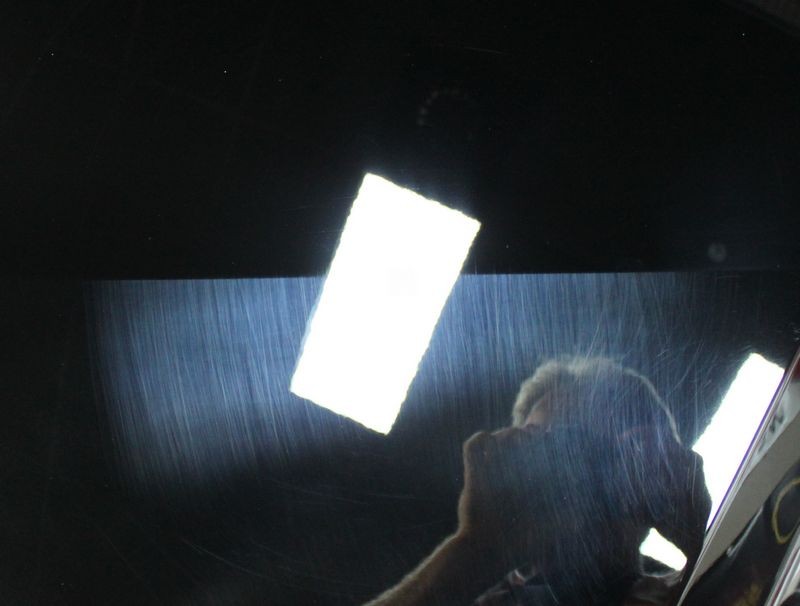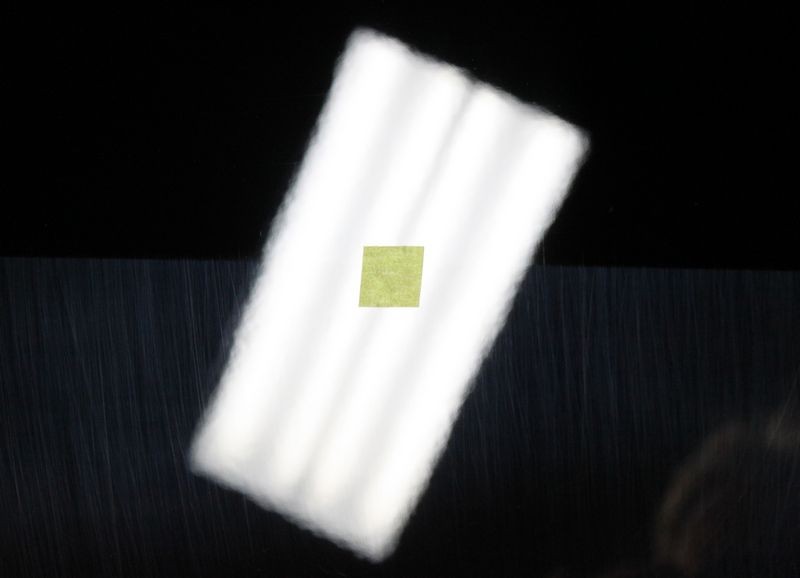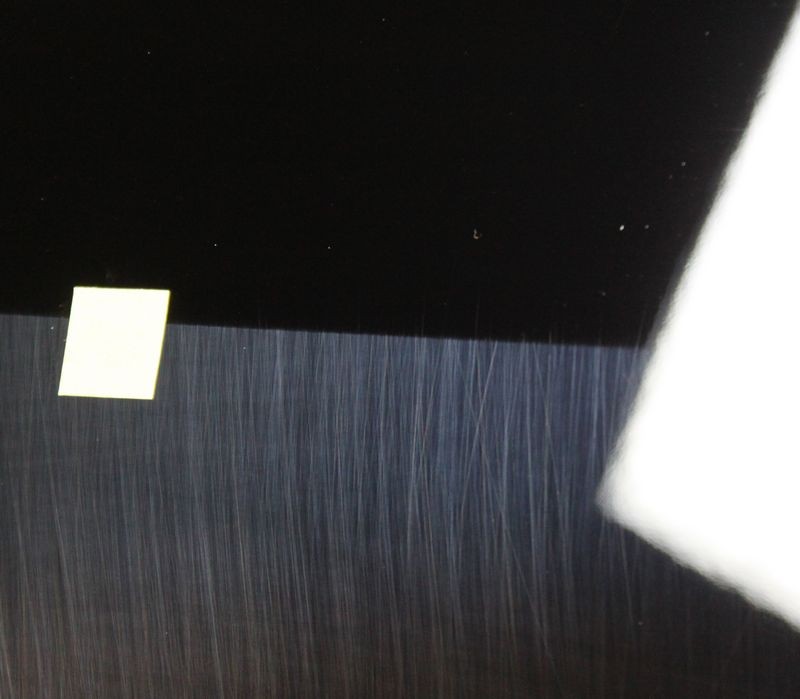Reading the product descriptions, I see that all of the swirl removers except the light cleansing lotions specify machine application. My wife's car has some light to, perhaps, intermediate swirling. If I can't get it out with just a cleansing lotion, can I get decent results with a more aggressive swirl remover applied by hand? (I really don't want to purchase a buffer and learn how to use it.)
Navigation
Install the app
How to install the app on iOS
Follow along with the video below to see how to install our site as a web app on your home screen.
Note: This feature may not be available in some browsers.
More options
Style variation
You are using an out of date browser. It may not display this or other websites correctly.
You should upgrade or use an alternative browser.
You should upgrade or use an alternative browser.
hand application of swirl removers?
- Thread starter oldgeek
- Start date
Bamaboy007
New member
- Jul 27, 2011
- 325
- 0
I have never had luck with swirl removers if not applied by machine..Most will say it can be hand applied but my results with that method have never yielded satisfactory results at all. I say if you need to remove scratches then use a machine
Setec Astronomy
Well-known member
- Aug 31, 2010
- 16,838
- 1,167
It can be done, a product like Meguiar's 105 or Ultimate Compound can give great results by hand...but it's a LOT of work over a large area. If you're going to work in small sections over an extended period of time (like one section every weekend) then it won't be bad.
As far as learning to use a buffer, the Meg's Microfiber system is pretty foolproof, quick to learn, just keep the fibers fluffed up with a brush or compressed air.
EDIT: Meguiars DA Microfiber Correction System, paint polishing system, car polish, car detailing system, compounding system, remove scratches
As far as learning to use a buffer, the Meg's Microfiber system is pretty foolproof, quick to learn, just keep the fibers fluffed up with a brush or compressed air.
EDIT: Meguiars DA Microfiber Correction System, paint polishing system, car polish, car detailing system, compounding system, remove scratches
Mike Phillips
Active member
- Dec 5, 2022
- 51,004
- 6
Reading the product descriptions, I see that all of the swirl removers except the light cleansing lotions specify machine application. My wife's car has some light to, perhaps, intermediate swirling. If I can't get it out with just a cleansing lotion, can I get decent results with a more aggressive swirl remover applied by hand? (I really don't want to purchase a buffer and learn how to use it.)
Some abrasive technology is better than others and for this reason you can remove defects by hand as long as you're willing to put a little passion behind the pad.
When I was the Primary Instructor at Meguiar's I taught hundreds if not thousands of people how to use their hand to remove swirls and scratches using the correct technique. Most people just don't know the technique.
Removing Scratches By Hand
I induced straightline scratches by hand, then ran a tape line across the paint, then worked the scratches out by hand using Wolfgang Total Swirl Remover, (4 well worked applications), followed by Wolfgang Finishing Glaze, (2 gentle applications), then striped with 17% IPA



I try to do all my work by machine but there are some places a buffing pad on a machine can't get to or it's risky.
Mike Phillips
Active member
- Dec 5, 2022
- 51,004
- 6
The Rule of Thumb

Copyright ©PBMA - AutogeekOnline.net® All Rights Reserved
First, here's a tip when it comes to sanding paint by hand or machine...
Don't sand where you cannot safely machine compound.
The reason for this is because if you sand right up to an edge or up to a raised body line, it's difficult to run a buffing pad up to the end of your sanding marks and not buff on top of the body line or edge and risk burning through the topcoat.
Even if you're extremely careful it's all to easy to accidentally run the pad onto the edge and it only takes a few seconds to generate enough heat and abrasive sanding or cutting action to eat through the paint on a high point and expose the color coat, primer or even sheet metal underneath.
Remember paint will tend to be thinner on high points as wet paint, (when being sprayed), will flow off a little more than paint sprayed onto a flat panel.
So a good practice is to only sand where you can safely machine compound or another way of saying this is to not sand where you cannot safely machine compound.
The Rule of Thumb
The rule of thumb I use is with my thumb, mostly because I always have it with me.
I use the distance from the tip of my thumb to the end of my thumbnail, which I just measured and it's about 3/4 of an inch and that's about how far away I stay from edges and raised body lines when I sand by hand or machine.
Actually a 1/2" is a pretty good rule of thumb the bigger idea is to not sand paint where you cannot safely buff with a wool pad, a cutting compound with a rotary buffer.
This is a technique I teach in our wet-sanding classes to give students a simple method or a simple guideline they can use to know just how far to sand when sanding near a hard body line or the edge of a panel. This is a simple technique that works for me but feel free to come up with your own method.
Show Car and Perfectionist Sanding and Polishing
For those of you wanting to do perfectionist sanding and polishing, first make sure you're getting paid well because you can sand right up to an edge but removing your sanding marks has to be done carefully and this means it will require you to invest more time into the project.
How to sand right up to an edge and remove your sanding marks by hand
There is a fix for the issue of sanding right next to an edge or a raised body line and that's by carefully sanding and then using Meguiar's M105 Ultra Compound by hand to remove your sanding marks. Another way to remove sanding marks next to an edge or to a raised body line is to use Spot Repair Pads on a rotary buffer using a technique I call Edging.
Because M105 is aggressive, (rated at being able to remove #1200 Grit Sanding Marks on fresh paint), and recommended for use by hand, you can easily remove sanding marks by hand if you're willing to put a little passion behind the pad.
There are a lot of compounds that can be applied by hand to remove sanding marks, but it's the ability of the super micro abrasive technology, (SMAT), used in M105 that gives it both its' cutting ability and the ability to polish out clear and glossy that makes M105 Ultra Compound a good choice for carefully rubbing out sanding marks right up to an edge or a raised body line by hand.
Note: The blue line you see in the pictures below is vinyl tape applied over the top of a body lines on the hood of this 1969 El Camino to make it easier to see and protect them. You can also do this with the edges of a panel.


:xyxthumbs:

Copyright ©PBMA - AutogeekOnline.net® All Rights Reserved
First, here's a tip when it comes to sanding paint by hand or machine...
Don't sand where you cannot safely machine compound.
The reason for this is because if you sand right up to an edge or up to a raised body line, it's difficult to run a buffing pad up to the end of your sanding marks and not buff on top of the body line or edge and risk burning through the topcoat.
Even if you're extremely careful it's all to easy to accidentally run the pad onto the edge and it only takes a few seconds to generate enough heat and abrasive sanding or cutting action to eat through the paint on a high point and expose the color coat, primer or even sheet metal underneath.
Remember paint will tend to be thinner on high points as wet paint, (when being sprayed), will flow off a little more than paint sprayed onto a flat panel.
So a good practice is to only sand where you can safely machine compound or another way of saying this is to not sand where you cannot safely machine compound.
The Rule of Thumb
The rule of thumb I use is with my thumb, mostly because I always have it with me.
I use the distance from the tip of my thumb to the end of my thumbnail, which I just measured and it's about 3/4 of an inch and that's about how far away I stay from edges and raised body lines when I sand by hand or machine.
Actually a 1/2" is a pretty good rule of thumb the bigger idea is to not sand paint where you cannot safely buff with a wool pad, a cutting compound with a rotary buffer.
This is a technique I teach in our wet-sanding classes to give students a simple method or a simple guideline they can use to know just how far to sand when sanding near a hard body line or the edge of a panel. This is a simple technique that works for me but feel free to come up with your own method.
Show Car and Perfectionist Sanding and Polishing
For those of you wanting to do perfectionist sanding and polishing, first make sure you're getting paid well because you can sand right up to an edge but removing your sanding marks has to be done carefully and this means it will require you to invest more time into the project.
How to sand right up to an edge and remove your sanding marks by hand
There is a fix for the issue of sanding right next to an edge or a raised body line and that's by carefully sanding and then using Meguiar's M105 Ultra Compound by hand to remove your sanding marks. Another way to remove sanding marks next to an edge or to a raised body line is to use Spot Repair Pads on a rotary buffer using a technique I call Edging.
Because M105 is aggressive, (rated at being able to remove #1200 Grit Sanding Marks on fresh paint), and recommended for use by hand, you can easily remove sanding marks by hand if you're willing to put a little passion behind the pad.
There are a lot of compounds that can be applied by hand to remove sanding marks, but it's the ability of the super micro abrasive technology, (SMAT), used in M105 that gives it both its' cutting ability and the ability to polish out clear and glossy that makes M105 Ultra Compound a good choice for carefully rubbing out sanding marks right up to an edge or a raised body line by hand.
Note: The blue line you see in the pictures below is vinyl tape applied over the top of a body lines on the hood of this 1969 El Camino to make it easier to see and protect them. You can also do this with the edges of a panel.


:xyxthumbs:
Mike Phillips
Active member
- Dec 5, 2022
- 51,004
- 6
can I get decent results with a more aggressive swirl remover applied by hand? (I really don't want to purchase a buffer and learn how to use it.)
I think I have an article on MOL on how to work with ScratchX by hand and you can use the same techniques for using with Wolfgang Swirl Remover, (a medium cut polish), or M105 or Ultimate Compound, (both are true compounds).
Read my directions here for working by hand,
How to use a hand applied abrasive polish or paint cleaner by hand
Especially this bullet point,
Work a small area at a time, about 8" to 10" squarish or so...
See this article too...
Put a little passion behind the pad - Mike Phillips